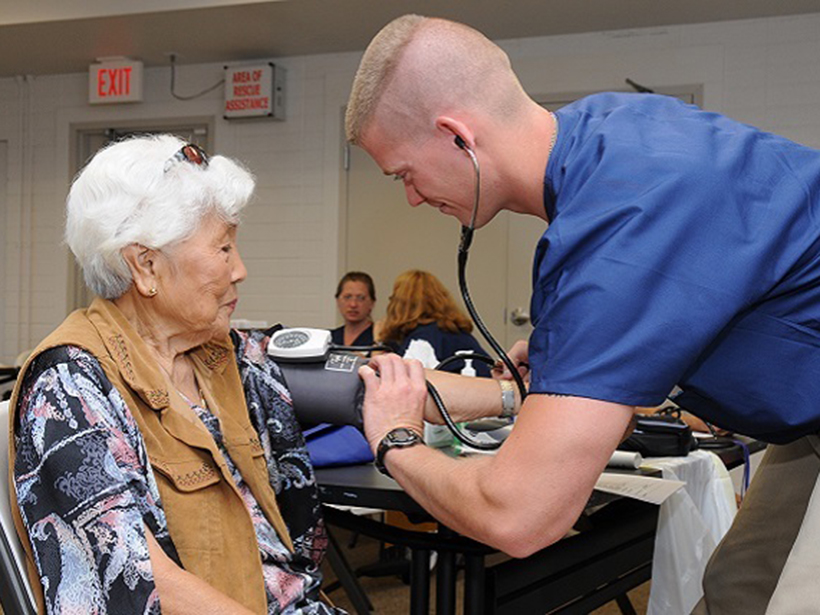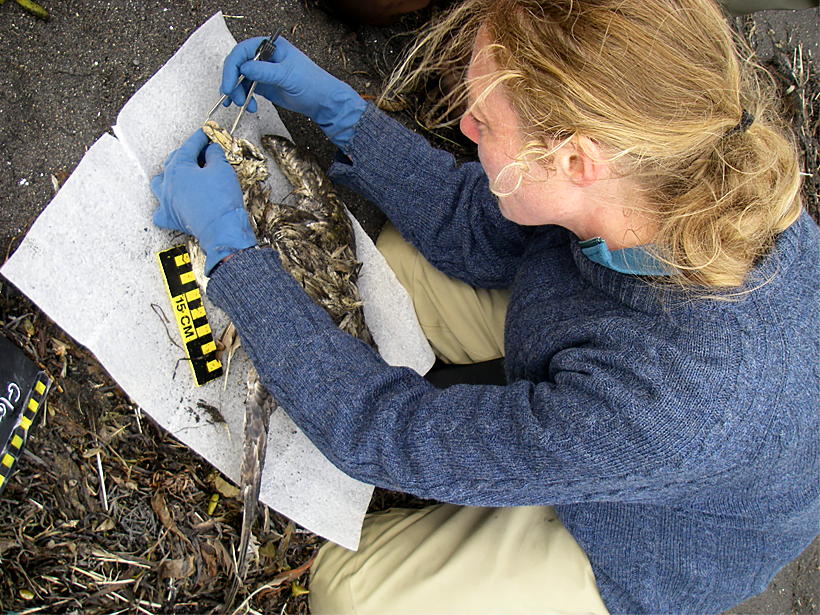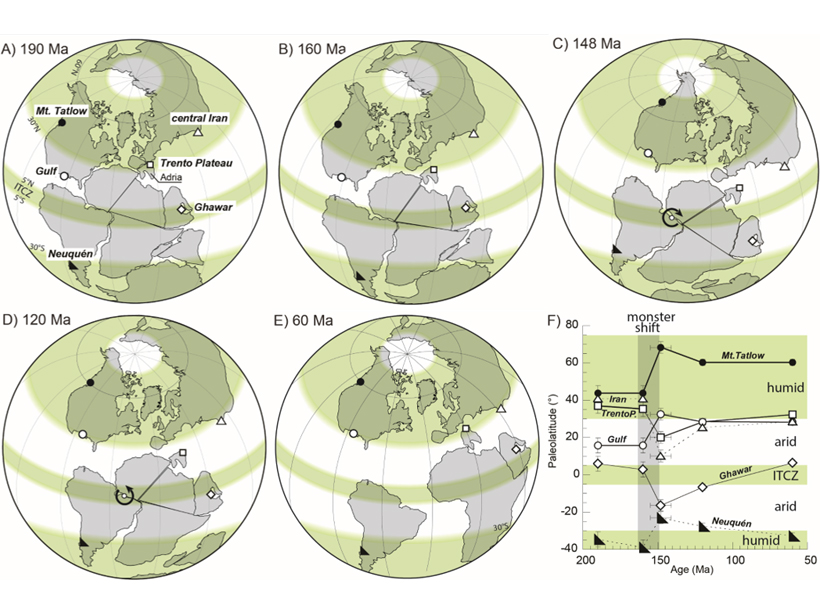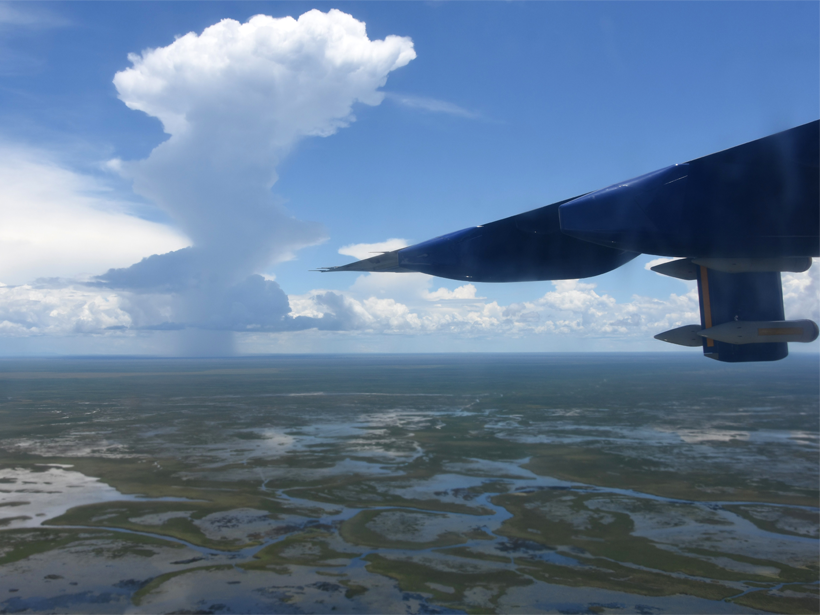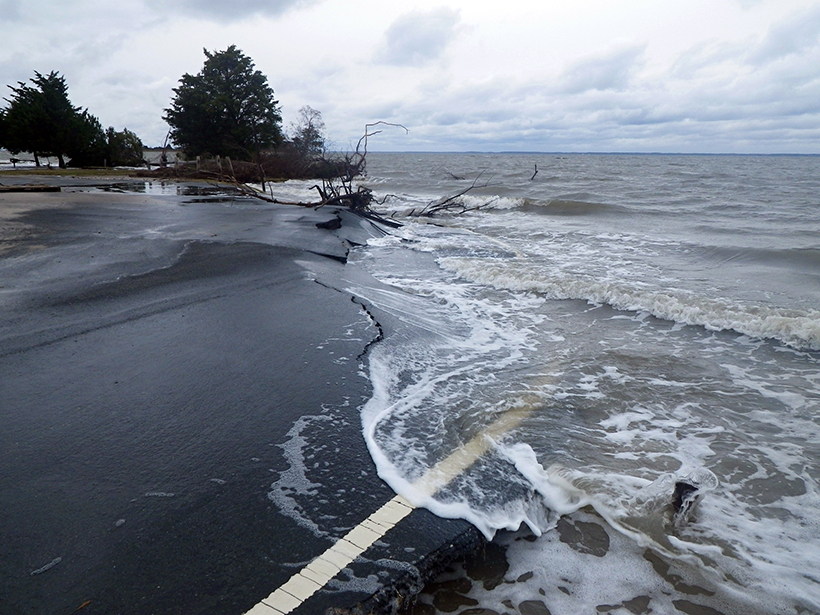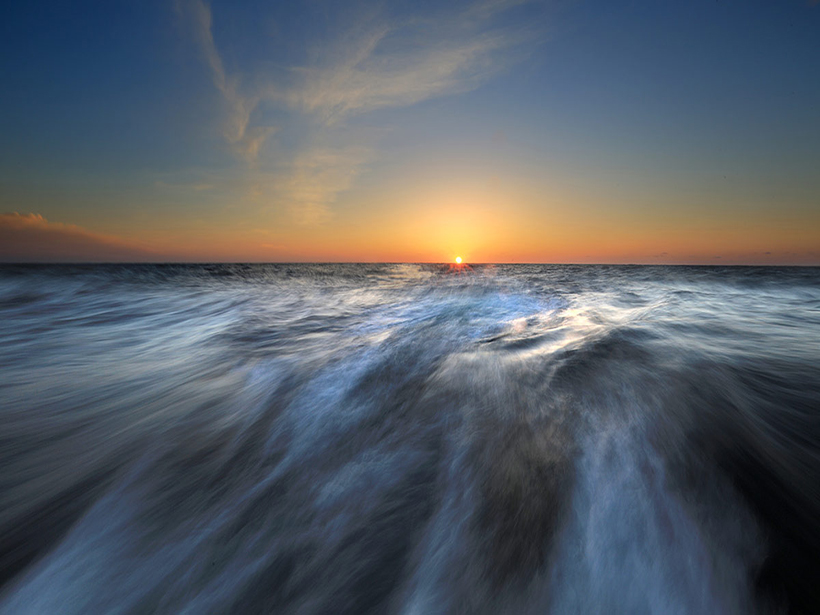An editor of Paleoceanography and Paleoclimatology shares fond memories of his postdoc with Wally Broecker, who died in February.
CC BY-NC-ND 2019
Late Cretaceous Extreme Warmth at High Southern Latitudes
New proxy data indicate sea surface temperatures at high southern latitudes reached over 35°C during a period of extreme greenhouse climate that began about 100 million years ago.
Antarctica’s Seasonal Streams Contribute Iron to the Ross Sea
Analysis of nutrient concentrations in four streams that discharge to the Southern Ocean indicates they are important sources of iron and phosphorous for coastal phytoplankton communities.
Wildfire Particulates Raise Cardiopulmonary Health Concerns
New research reveals that exposure to smoky air and the particulates created in wildfires can cause increased cardiovascular and respiratory hospitalizations for people 65 and older.
Science in This Century Needs People
An ecologist built an army of beach surveyors over 20 years and now has the world’s largest data set of marine bird mortality informing climate change and disaster studies.
Extraordinary Polar Wander During the Late Jurassic?
Small amounts of polar wander have occurred during geological history, but whether larger amounts occurred is still controversial. Did a truly large polar wander event really happen?
More Than a Million New Earthquakes Spotted in Archival Data
By reanalyzing seismic records, researchers found a plethora of tiny earthquakes in Southern California that trace new fault structures and reveal how earthquakes are triggered.
Rising Methane Emissions Could Derail the Paris Agreement
A new study looks for the source of a spike in the potent greenhouse gas methane.
Meeting User Requirements for Sea Level Rise Information
A new framework based on decision analysis can help scientists produce practical data that support informed decisions about climate adaptations.
Numerical Models Overestimate Near-Inertial Wind Power Input
The first study to estimate the global wind power on internal gravity waves based solely on observations offers a new benchmark for comparing future calculations.




